Easy Ways to Capture Fall’s Harvest
It’s nearly autumn, the season of harvesting. Autumn is also an excellent time for gathering together new recipes to try in the cool months and restocking the pantry.
It’s also when you’ll begin to see less fresh produce in grocery stores – and what you will find will be out of season and therefore not as high in nutrients.
Stocking Up
Fortunately, it doesn’t take any special skill to stock up on late summer and autumn’s bounty. You don’t have to know how to can (although I encourage you to learn, since it’s not difficult).
All you need is some space in your freezer.
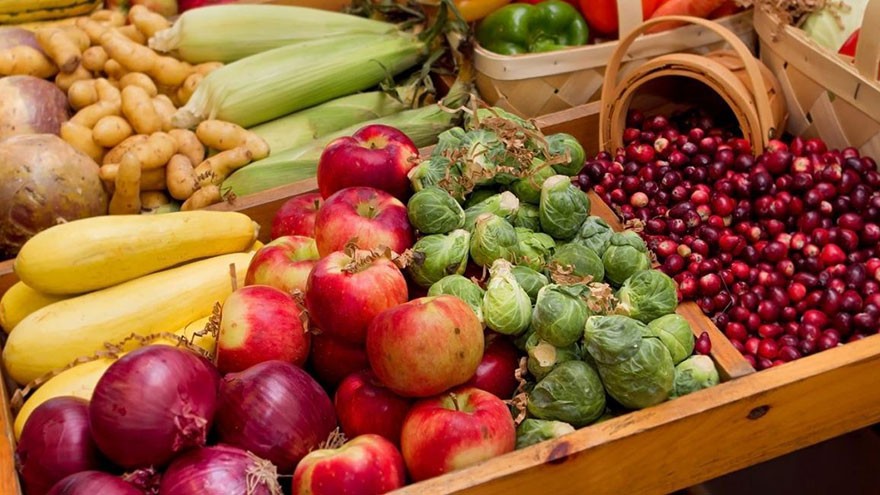
The Freezer
First, remove anything from the freezer that’s of questionable quality. Although the United States Department of Agriculture (USDA) says well sealed packages of food can stay frozen “almost indefinitely,” use up or toss out anything with freezer burn or large clumps of ice within the package. These foods are edible, but taste is adversely affected.
For the best results, the freezer should maintain a temperature of zero degrees. Otherwise, it use it for short term freezing only. Free-standing freezers are generally easier to keep cold and may be more energy efficient, too.
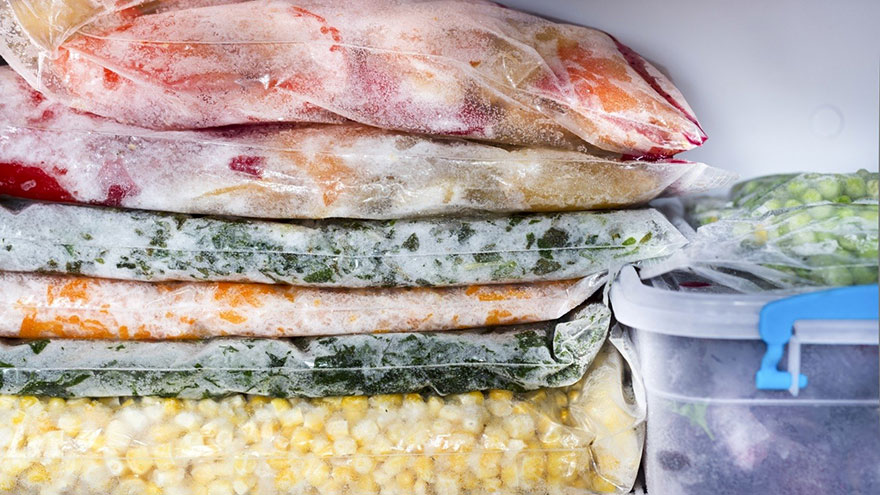
Organize
If your freezer is unorganized, you won’t be able to find the foods you want when you want them. So try to separate food types.
For example, you might have one section for meats, another for vegetables, and so on. If you have lots of room, you can get more specific.
For instance, you could put all pork in one bin in the meat section, and all beef in another bin in the meat section.
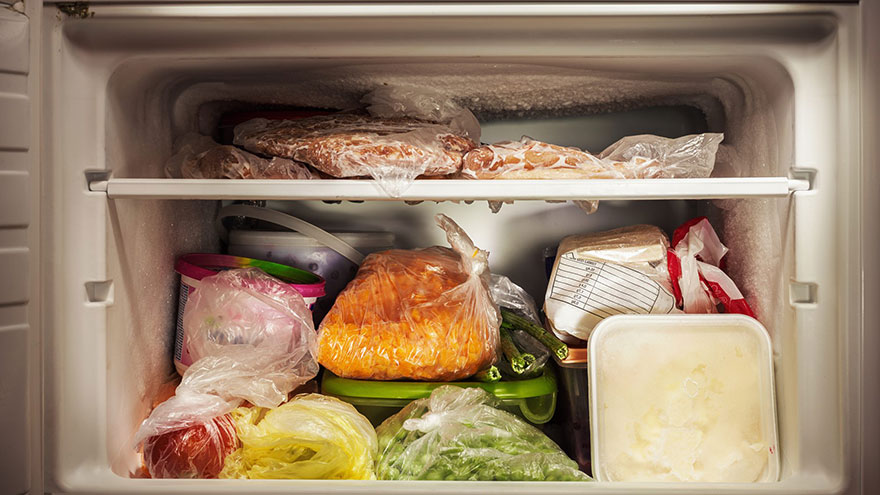
Containers
For food to maintain its flavor, it’s vital to use freezer-quality containers. These can include freezer Ziplock-style bags or freezer-safe plastic containers that seal well.
Freeze ‘Em Fresh
For the best quality home-frozen foods, freeze fruits and vegetables when they are perfectly ripe – not when they aren’t quite ripe or are overripe. If your freezer has a “quick freeze” shelf, use it for all incoming foods. The faster the food freezes, the better it will taste once it’s defrosted.
Don’t try to freeze very many packages at once, or it will take too long for the packages to freeze and quality will be compromised.
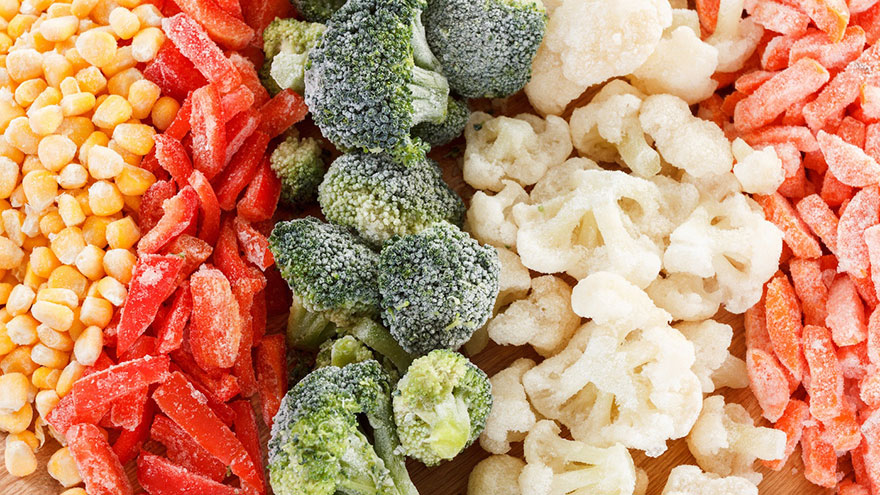
What You Can Freeze
Almost anything can be frozen, except eggs in their shells and foods in cans. However, not all foods taste great after being frozen – like lettuce, cucumbers, and eggs.
Many favorite vegetables, like zucchini and other squash, can be grated and frozen in serving-size packages. Before putting peas in the freezer, place them in a single layer on a cookie sheet. Place the cookie sheet in the freezer, and once the food is completely frozen, transfer to freezer bags. (This process prevents the peas from sticking together.)
Other vegetables can be cleaned, sliced, and blanched, then placed in freezer bags.
Fruits and berries can generally be cleaned and sliced, then frozen using either the cookie sheet method, or by placing them directly in bags.
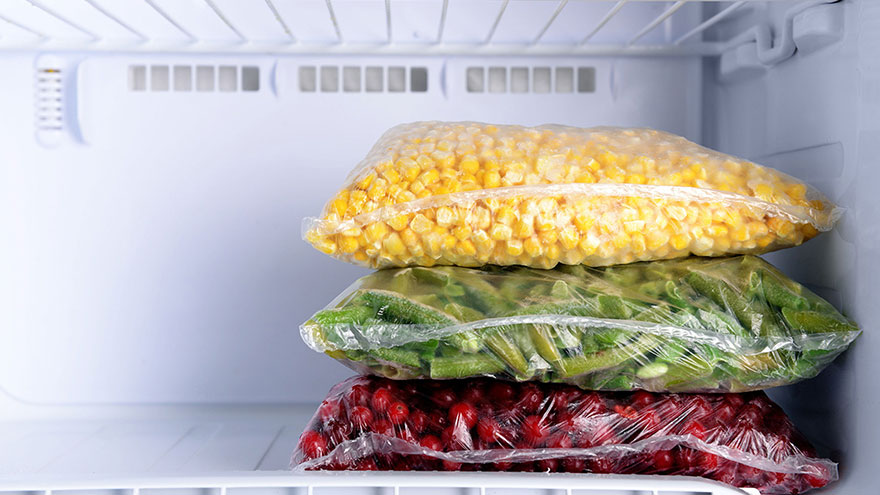
Many fruits will turn brown in the freezer. To prevent this, buy some ascorbic acid and add it to the package following the manufacturer’s directions. In addition, you should cover most fruits with a light syrup.
A common method is to pour 4 cups of water and 3 cups of sugar in a freezer container, then add fruit and cover with more syrup. You can add more or less sugar, as desired. The contents of the container will expand a bit in the freezer, so leave room for this. Alternatively, you can sprinkle some sugar over the fruit, mix, and freeze. Again, leave room for expansion, since the sugar will help draw out the fruit’s natural juices. You can also use only water to cover the fruit.
If you use the cookie tray method of freezing, you don’t need to pour syrup over the fruit.
Nuts can also be frozen. Remove them from their shells and pop them in freezer bags either whole or chopped. Then place each freezer bag in another freezer bag and store them in the freezer.
Labeling
Although you may think it’s obvious what’s inside those freezer bags, once they’ve been frozen a while, it’s difficult to tell apples from apricots. Use freezer pens, crayons, or freezer labels and write not only what’s inside the package, but the date of freezing.
Tips for Freeze Foods
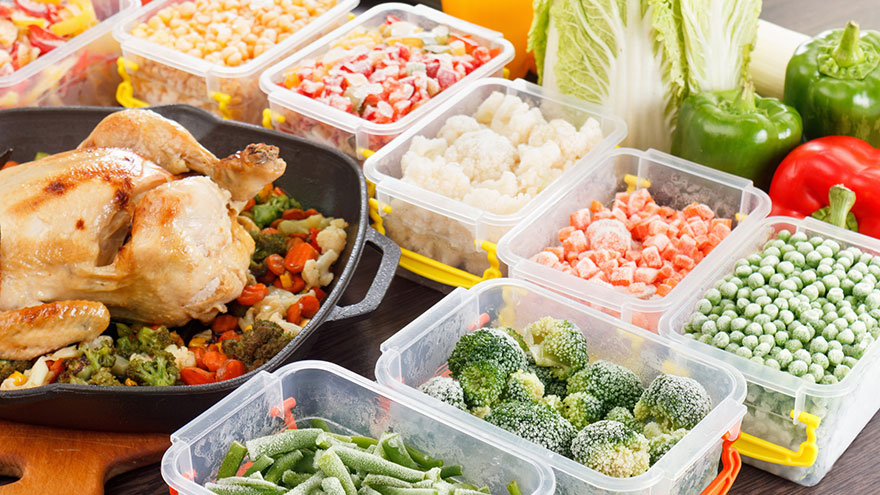
- Freeze foods in usable-sized packages. For example, if you make a lot of zucchini bread, measure out the amount of zucchini required in your recipe, and freeze only that amount in a freezer bag.
- Freezer bags are cheap, but plastic freezer containers can make the freezer a tidier place.
- Before sealing any freezer-safe containers, remove as much excess air from them as possible.
- Always leave “head room” for foods that might expand when frozen. Never over-pack freezer containers.
- Place newly-frozen items toward the back or bottom of the freezer, so you’ll never find a 10 year old package of food in the back of the freezer.
Check out the video version of this article on YouTube : Easy Ways to Capture Fall’s Harvest

